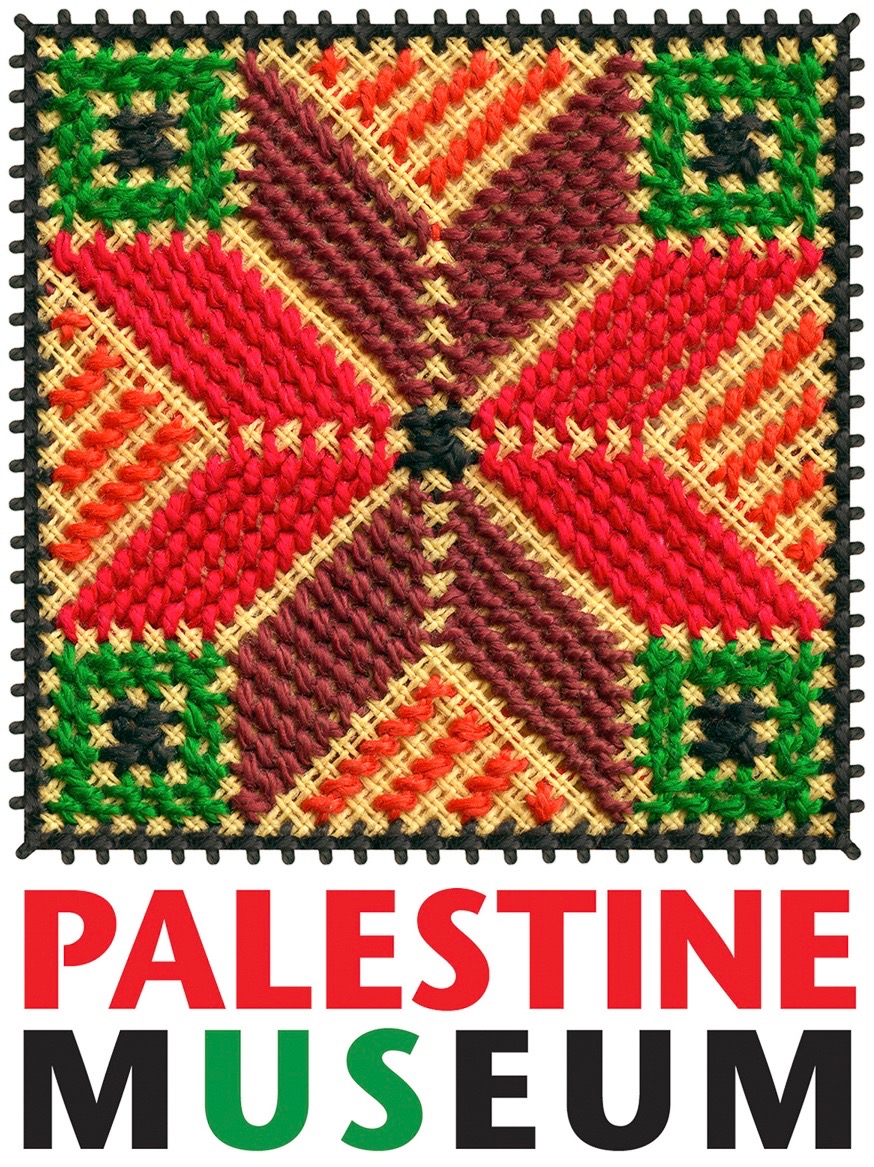Traditional Palestinian Costume by Hanan Karaman Munayyer



Traditional Palestinian Costume by Hanan Karaman Munayyer
“A mesmerizing must-have coffee table book.” —Elle (Middle East)
“A stunning, 560-page volume, in which Munayyer painstakingly documents the history and intricacies of Palestinian fashion, specifically the legacy of tatreez. Perusing the volume is akin to strolling through a museum, as page after page displays vivid and colorful photos of Palestinian thobes, headdresses, and jewelry—some dating back to ancient times … More than the historical documentation and the importance of tracing Palestinian culture back across centuries, Traditional Palestinian Costume is a project of resistance in itself and quite simply a feast for the eyes. The quality of the photographs and the vibrant colors make it difficult to put down. It is a book to keep close to hand, proof of the beauty and artistry of Palestinian women, from Ramallah to the Galilee, to al-Khalil, to Gaza.
—Susan Muaddi Darraj, Middle East Eye
About this book
A joyous celebration of pattern and color, and of an enduring Palestinian tradition.
The historical and cultural richness of Palestine is reflected visually in its costume and embroidery. Distinguished by boldness of color, richness of pattern, and diversity of style, and combined with great needlework skill, these textiles have long played an important role in Palestinian culture and identity and manifested themselves in every aspect of Palestinian life.
Based on over twenty-five years of extensive field research and the culling of museum resources and publications from around the world, this book presents the most exhaustive and up-to-date study of the origins of Palestinian embroidery and costume—from antiquity through medieval Arab textile arts to the present. It documents region by region the evolution of costume and the textile arts in Palestine in the nineteenth and early twentieth centuries. It is lavishly illustrated with over 500 full-color photographs from the highly praised Munayyer Collection, which includes a whole range of embroidered textiles from traditional costumes and coin headdresses of Palestinian village women to cloaks and jackets worn by village men to belts, sashes, and footwear. The exquisite colors of the silk stitching on natural linens are a feast for the eye.
The sumptuous photography and author’s well-informed text greatly enrich our appreciation of Palestinian embroidery and make this book a valuable resource that displays this unique art in all its splendor.
